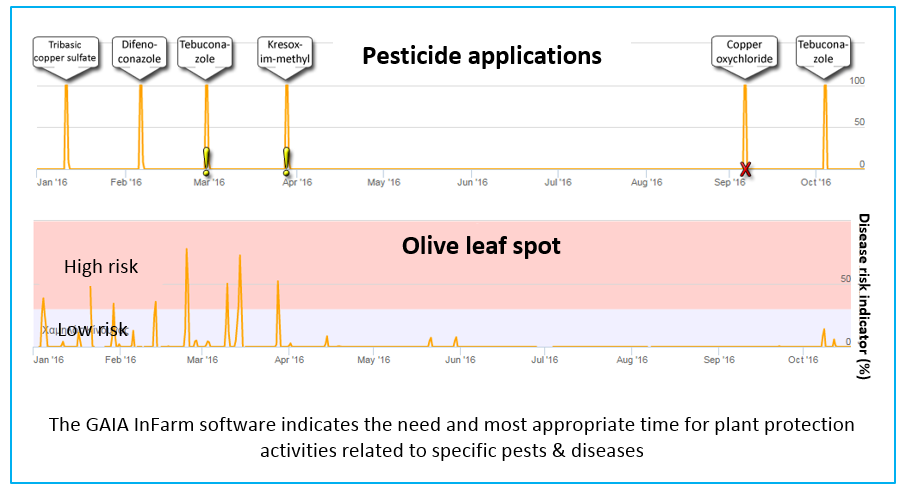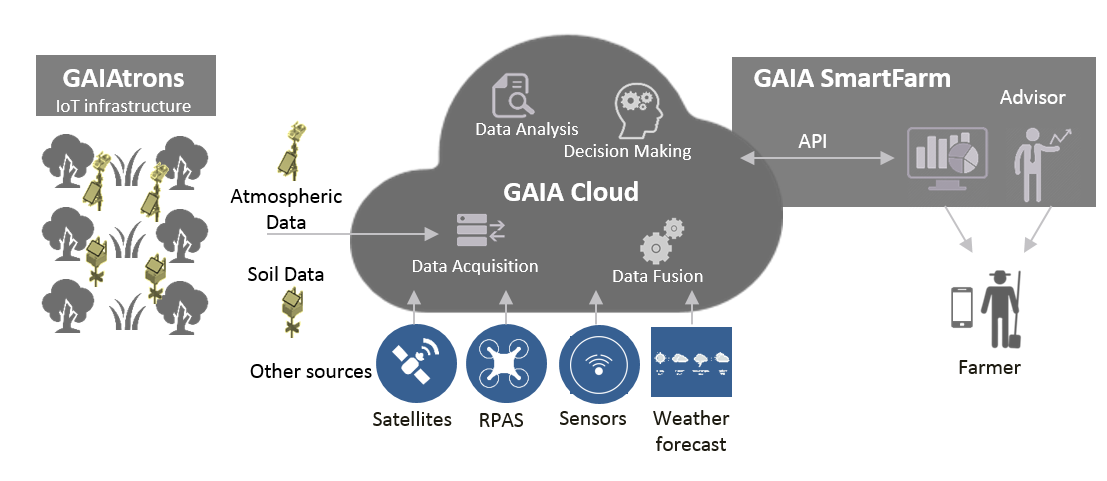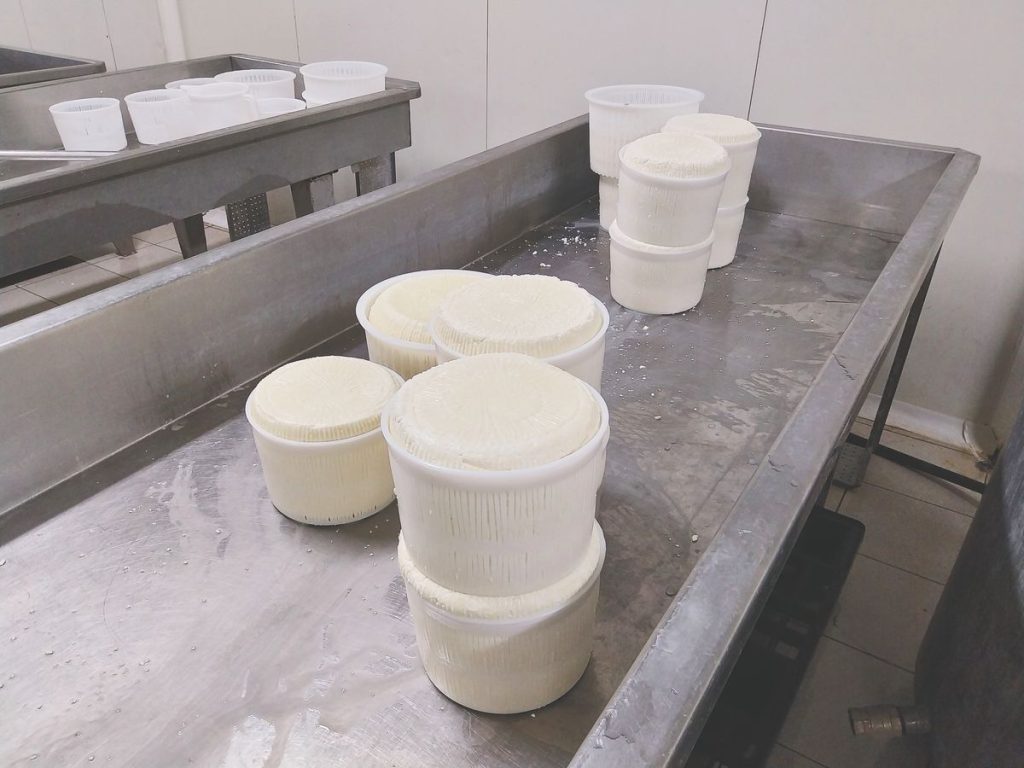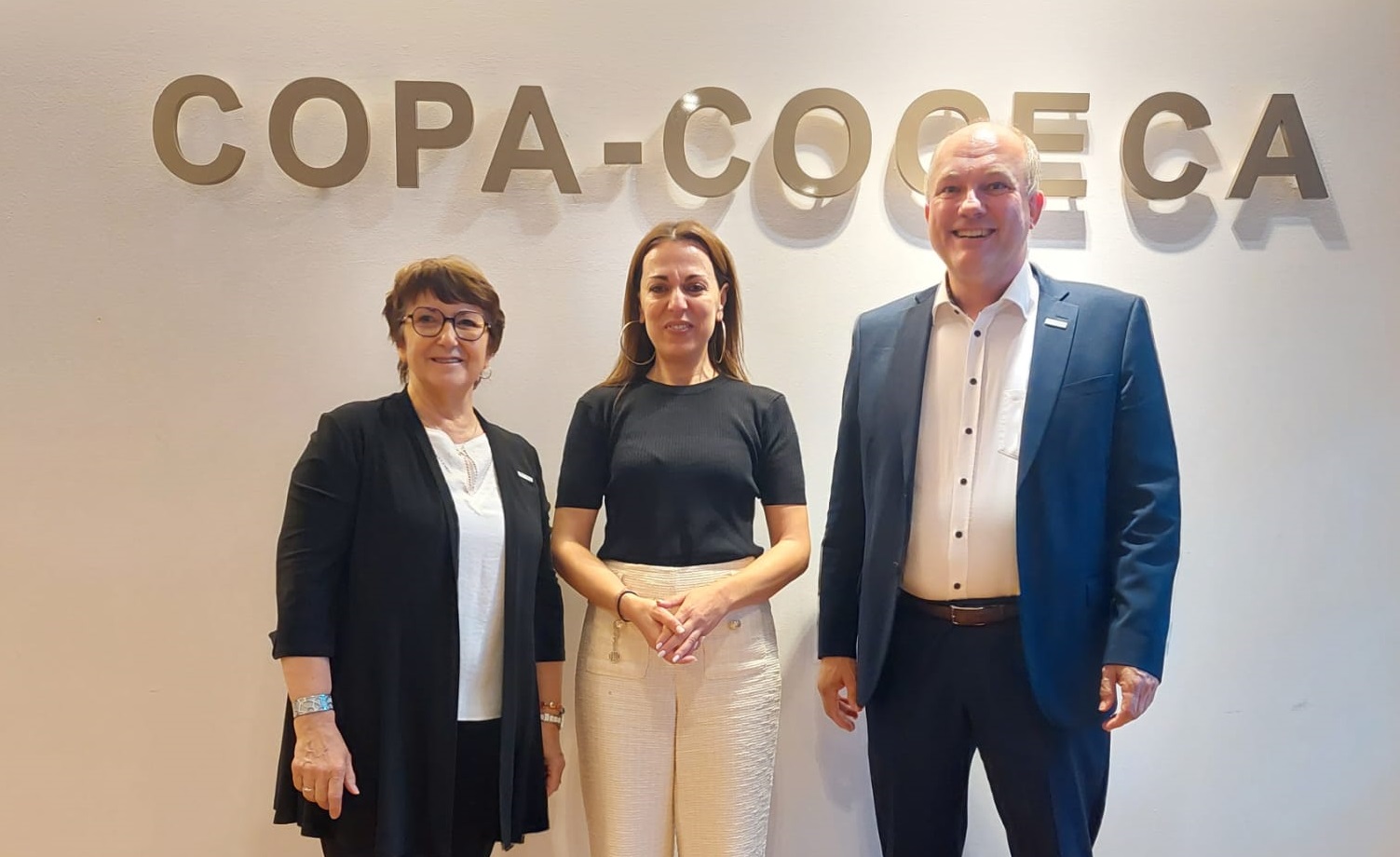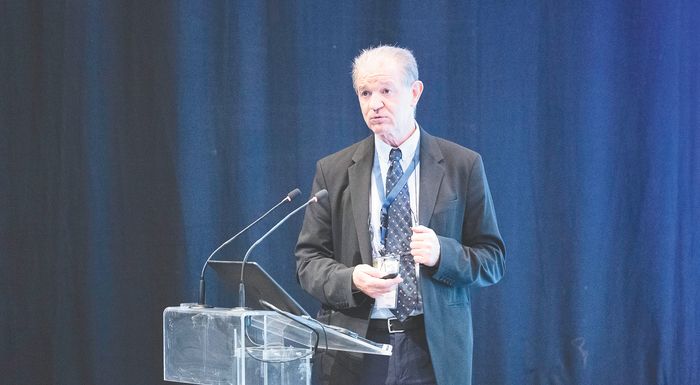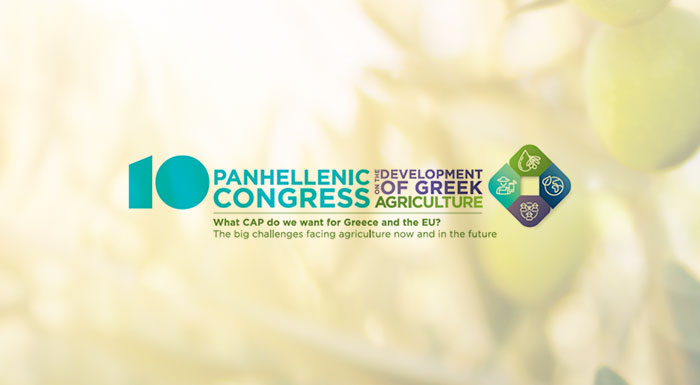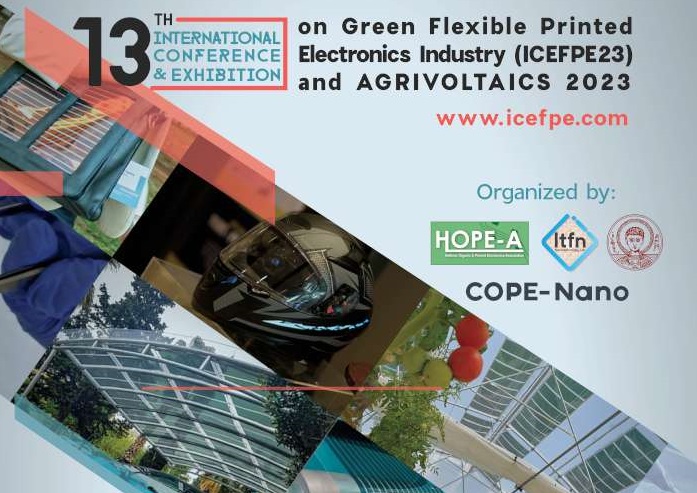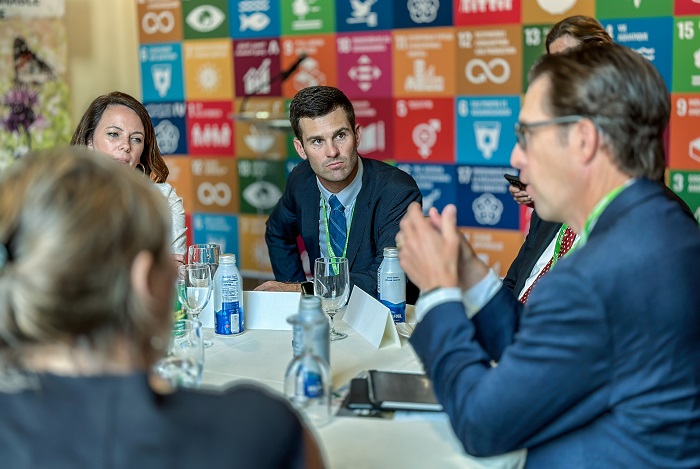Applying smart farming in the case of olives at Chalkidiki, Greece
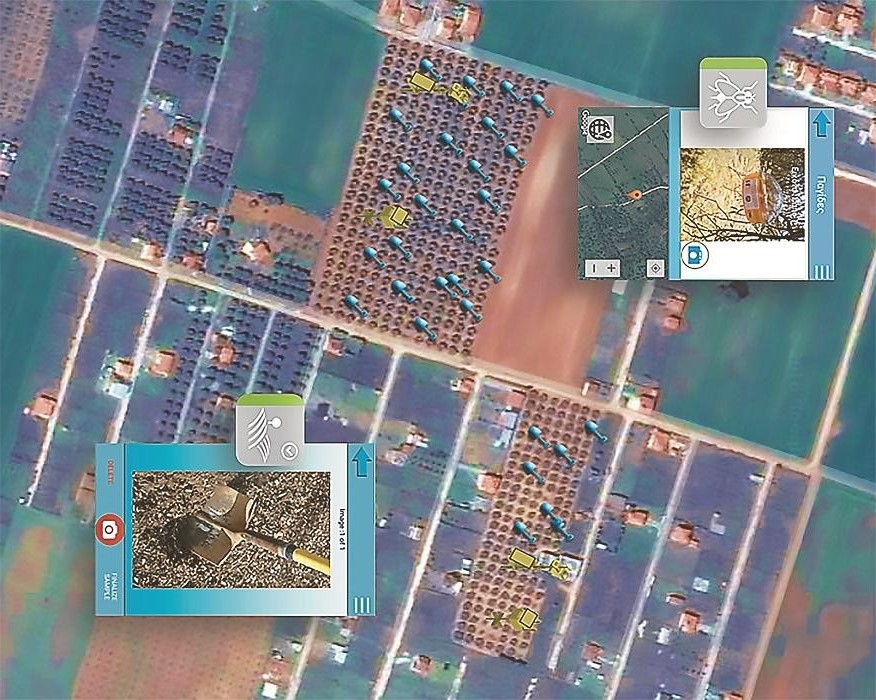
The innovative smart farming services of GAIA Epicherein provide a holistic approach to the production activities in the field. They precisely measure a crop’s needs at any given time, they follow a farmer’s cultivation practices in the field and provide him with precise scientific advice, adapted to the unique needs of his fields.
The specific project refers to the application of smart farming services in the case of olive trees at the Chalkidiki area, Northern Greece. The GAIA Epicheirein’s team working on the application of the smart farming services consists of IT and System engineers who adapt and oversee the technological systems, as well as specialised scientists (plant pathologists, soil scientists, agricultural engineers, entomologists etc.) who are responsible for the adaptation and interpretation of the scientific models used for decision making.
In the specific project, GAIA Epicheirein established a collaboration with Mr. Prodromou, an olive producer at Nea Potidea village of Chalikidiki. In the beginning of the year, the team installed 3 GAIAtron telemetric stations measuring atmospheric and soil data, took soil and leaf samples for analyses, installed insect traps, used custom instruments for measuring physiology indicators of the olive trees and on top of that, it provided both the producer and his agronomist/advisor with special mobile applications which allow the recording of cultivation practices, activities and observations. In this way, a holistic, precise observation system was created, allowing the monitoring of all vital indications of his cultivations, the soil, the atmospheric parameters and applications taking place in the olive groves in such a way that neither the producer nor his agronomist/advisor were affected in terms of their daily tasks.
Through the GAIA InFarm software, the need and the optimal time for applying plant protection in the form of spraying against specific pests and diseases are visualised.
The aim of the first year of the project was the precise and complete documentation of the soil and climate conditions that apply in the specific area, the cultivation activities undertaken by the producer, the measurement of the characteristics of the specific olive variety in Chalkidiki and the extraction of useful conclusions. During this first year, the producer followed and applied the precise fertilisation advice provided by the service, but at the same time he followed his own plant protection and irrigation practices, in a traditional management way. This pilot period is necessary for the adaptation of the models in the specific conditions of the area and the variety well as for the assessment of the expected effect of the services on the profitability of the farm. More specifically:
Fertilisation
The results of soil and leaf sampling analyses fed the scientific fertilisation models that were developed specifically for the olive tree. The outcome was in the form of precision fertilisation advice which define the quantity, the type, the mean and the optimum time of application of fertiliser. The producer followed and applied the fertilisation advice, with positive impact on the quantity and the size of the fruits.
Plant protection
In terms of plant protection, systematic monitoring of the olive fruit fly (the main pest of olive trees in the area) and the peacock spot (the main disease for the specific variety in the specific area). The models that were developed take into account the microclimatic conditions and provide the infection risk index real time for the specific pests and diseases. The installation of insect traps for the monitoring the population of the olive fruit fly and the farm observations for infection symptoms completed the picture and confirmed the prediction precision of the models. In the specific case, as shown in the image, in two cases (marked with !) the producer performed two delayed applications of pesticides for the peacock spot, while an additional one was not necessary and could be omitted (marked with x). The last case was confirmed by the lack of infestation symptoms at the non-treated part of the olive grove.
Irrigation
Irrigation requires additional adaptation of the models for each field, as even slight variations in the irrigation systems lead to different development of the active root system. First, the distribution of the root system in the soil was mapped using special sensors and then the response of the olive trees to water stress was studied, using measurements of the maximum photosynthetic capacity, stomatal conductivity and intracellular CO2.
The water potential management model was accordingly adapted for the specific cultivation, calculating the optimal amount of water needed by the olive trees at each given time. A comparison between the irrigation program followed by the producer and the ones suggested by the irrigation model showed that the producer significantly over-irrigates his olive groves. The addition of higher water quantity than the soil can handle leads to significant water and nutrients’ runoff to soil levels deeper than the active root system of the trees – a fact with significant financial impact on the production. Last but not least, increased relative humidity due to the excess soil moisture favors the development of soil fungi, such as Verticillium sp., which may lead to lower yield volume and quality.
Conclusions
Based on the aforementioned facts, the first year of the project showed that Mr. Prodromou increased the size and the quality of his olive fruits by applying the fertilisation advice of the service, while the measurements made in irrigation and plant protection showed that he can also save on irrigation water and reduce the frequency of pesticide applications. During the next cultivation period, Mr. Prodromou will apply the advice for precise irrigation and plant protection in order to make use of the full set of smart farming services of GAIA Epicheirein.
